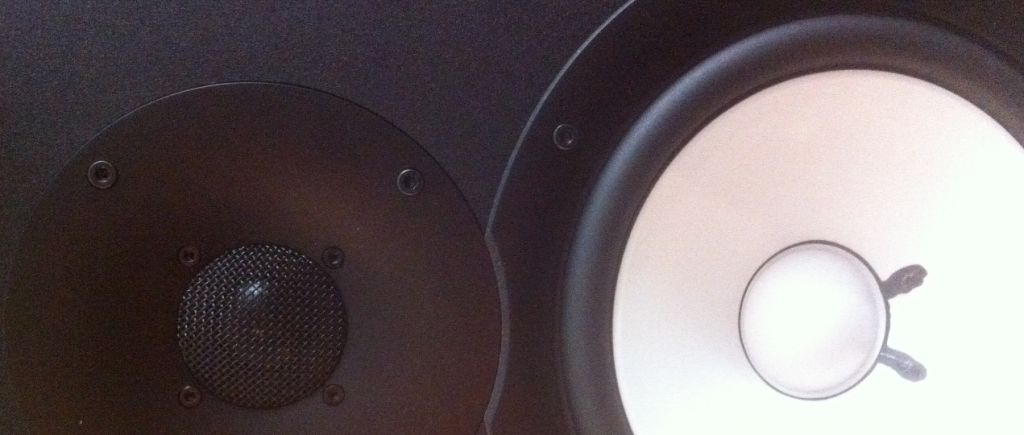Home stereo speakers are typically rated in terms of frequency response. There are high-tech ways of measuring this and other ways of evaluating speakers, but this post gives you a quick way to check a loudspeaker’s frequency response at home using only your eyes and ears.
The human listening range is commonly described as ranging from 20Hz on the low end to 20,000Hz on the high end. Most human hearing happens in the middle of this range, between 1500Hz and 4500Hz, but the higher and lower ranges are important when listening to music (…or attempting to survive in the wild!)
Desirable stereo speakers have a “flat response”, meaning that low, medium, and high frequencies all have an equal volume. Cheaper speakers are able to achieve this over a small portion of 20-20,000Hz, while better speakers can achieve this over greater portions of 20-20,000Hz. Better speakers are typically more expensive due to the costs of materials, manufacturing intricacies, and brand hype.
Frequency Response Test
To give your speakers a quick test, hit play on the video:
Do your speakers sound evenly from bottom to top? At what number can you start hearing the sound on the low end? Where does it stop up high? How much does the volume change while rolling through the middle range?
Try this video on several devices and you’ll quickly hear the differences from one speaker to the next. The video plays the same volume from bottom to top – it’s your speakers that create the silent points or volume spikes.
Speaker Ranges & Reference Frequencies
Many “good” speakers only begin to sound in the range of 40Hz on the low end and go up to at least 15,000Hz without noticeably fading. My MacBook Pro fades in on the low end around 130 Hz, whereas my larger stereo speakers start sounding around 22Hz.
For fun, here are a few frequencies to help connect these numbers to real life sounds:
- 16Hz – The lowest note on large organs (low C on a 32′ stop)
- 20Hz – “The lowest people can hear” (not strictly true, but this is an intro…)
- 32Hz – The lowest note on many church organs (low C on a 16′ stop)
- 65Hz – Very deep bass singers can sing this note
- 82Hz – The lowest note on a trombone
- 196Hz – The lowest note on a violin
- 261Hz – Middle C
- 1000Hz – Very high sopranos can sing fundamental frequencies in this range
- 3500Hz – Fundamental frequency of the highest note on a harp
- 8372Hz – Fundamental frequency of the highest note on an organ (high C on a 2′ stop)
- >8372Hz – Overtones, consonants, percussion, etc.
Other Speaker Resources
Reviews and pictures of amazing speakers can be found at Stereophile.com. Most of these are visually stunning and really expensive.
For conversation and info about older speakers, no resource matches AudioKarma.org.
To see how speakers work, this animation is extremely helpful for grasping the basics: How Speakers Make Sound
